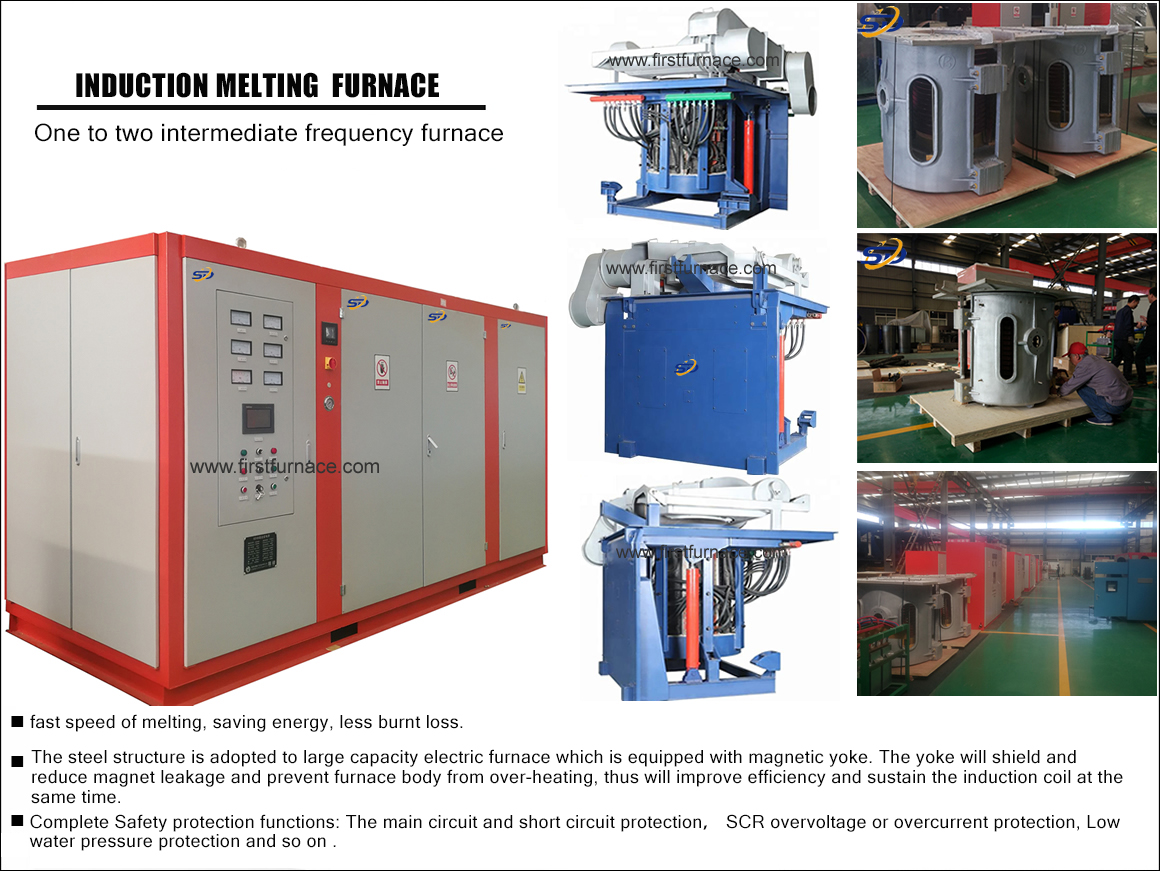Sales hot line ( 24 hours service): 18037961302
E-Mail: firstfurnace@gmail.com
whatsapp:+8618037961302
Adress: Luoxin Industrial Park, Luoyang, HenanLarge diameter steel pipe quen
Piston rod quenching and tempe
Grinding rod quenching and tem
High frequency induction heate
Quenching equipment for machin
Round steel end heating furnac
Steel pipe heat treatment prod
Square steel quenching and tem
Sucker rod quenching and tempe
Thickened petroleum steel pipe
Round steel quenching and temp
Steel pipe quenching and tempe
Steel plate quenching and temp
Induction Hardening Machine&nb
Flywheel ring gear high freque
Old furnace man, tell you how the intermediate frequency furnace has a long service life!
During the use of the intermediate frequency furnace, the thickness of the refractory used for the furnace lining is only 70-110mm, the inside is in contact with the high temperature molten metal, and the outside is close to the water-cooled coil. The temperature difference between the inside and the outside of the refractory is large, and it is in a relatively thin section and many smelting operations. Under the conditions of use in aggressive environments.
The main process conditions that affect the damage of the furnace lining include: smelting temperature, degassing time, one-time degassing amount, chemical composition of slag, and the type of steel (iron) produced. The main influencing factors that damage the furnace lining are: chemical corrosion of slag, spalling of refractory material structure and thermal corrosion
.
Figure 1. The corrosion of the furnace lining for smelting cast iron
Figure 2. Corrosion of the furnace lining for smelting cast steel
1. The lining of the intermediate frequency furnace
The lining of the intermediate frequency furnace is usually made of knotted refractory materials composed of various specifications and particle sizes (the commonly used refractory materials mainly include four types of magnesium, quartz, aluminum and composite materials).
Its characteristic is: direct combination. Therefore, the corrosion resistance is high, the mechanical strength is high, and the thermal shock resistance is good.
Figure 3. Furnace lining knotted strictly according to the knotting process
2. Damage mechanism of magnesia lining material
Take magnesia refractory materials as an example, explain the damage mechanism of magnesia materials:
The main manifestations of damage to magnesia materials are: thermal erosion caused by flowing molten steel and chemical erosion caused by the penetration of slag components into the material.
During the smelting process, the solution will penetrate into the interior of the refractory matrix through the capillary pores in the refractory matrix and corrode the furnace lining. The components that penetrate into the refractory matrix include; CaO, SiO2, FeO in the slag; Fe, Si, Ai, Mn, C in the molten steel, and even metal vapor, CO gas, etc. These infiltrating components are deposited in the capillary channels of the refractory material, causing the discontinuity between the physical and chemical properties of the refractory working surface and the original refractory matrix. Cracks, flaking and structural looseness will occur under the sudden change of operating temperature. Strictly speaking, this damage process It is much more serious than the dissolution damage process.
The metal materials added to the furnace will bring in various oxides, and the slag composition of different materials and different heats is also different. Most of the various oxides, carbides, sulfides and various forms of composite compounds in the slag will chemically react with the furnace lining to form new compounds with different melting points. Some low melting point oxides formed in the reaction, such as iron olivine (FeOSiO2) and manganese olivine (MnOSiO2), generally have a melting point in the range of about 1200°C. Low melting point slag has excellent fluidity and may form a fluxing agent, which will cause severe chemical attack on the furnace lining, thereby reducing the service life of the furnace lining.
The high melting point slag produced in the reaction, such as mullite (3Al2O3·2SiO2), forsterite (2MgO·SiO2), etc., and some high melting point metal elements, the melting point can reach above 1800℃, and the high melting point slag suspended in the molten metal There is also a relatively complicated interpenetration and mutual dissolution between low melting point slag and slag. These molten slag easily adhere to the furnace wall and form accumulation, causing serious sticking of slag, affecting the power, melting rate and capacity of the electric furnace, and even affecting the life of the furnace lining. .
As the furnace capacity increases, the proportion of heat lost from the surface of the molten steel decreases. The slag temperature is higher than that of a small-capacity furnace, and the fluidity of the slag is better than that of a small-capacity furnace, which intensifies the corrosion of the furnace lining. Large-scale induction furnaces mostly use the method of mixing steel and slag for tapping. The slag is required to have good fluidity in order to adapt to the conditions of tapping.
Therefore, the slag line is severely corroded, which is another reason for the decrease in the service life of the furnace lining. Due to the above reasons, the service life of large-scale induction furnace lining is lower than that of small and medium-sized induction furnaces. From the perspective of improving the service life of the furnace lining, the thickness of the furnace lining should be appropriately increased. However, as the thickness of the furnace lining wall increases, the resistance value increases, the reactive power loss increases, and the electrical efficiency decreases.
Therefore, the thickness of the furnace lining wall is limited to a certain range. Therefore, a reasonable wall thickness must be selected to ensure high electrical efficiency and ensure the service life of the furnace lining.
Figure 4. Furnace lining full of slag
3. The design of the solution
The above erosion causes so-called structural spalling under the cyclic fluctuation of temperature. During the production process, molten slag penetrates into the pores of the refractory matrix to form a large thickened refractory layer. The physical and chemical properties of the refractory material impregnated by the slag will change.
Due to the different thermal expansion coefficients between the permeable layer and the remaining unconvened layer, when the temperature changes, a large stress appears at the junction of the two layers, which leads to cracks parallel to the working surface, and finally causes the furnace lining to peel off. The slag penetrating into the refractory material matrix will dissolve the particles of the refractory material and weaken the bond between the particles, resulting in a decrease in the refractoriness and high temperature resistance of the material. Therefore, the refractory material of the slag-permeable layer is destroyed more quickly under the erosion of flowing molten steel.
The alkalinity of the slag should be compatible with the material of the lining. Magnesium lining materials can be corroded by high CaO slag and SiO2 slag. The amount of CaF in the slag should be controlled. Excessive CaF will corrode the alkaline lining and cause premature erosion of the slag line area. When the fluoride ion and metal manganese ion in the slag are high or the temperature of the molten pool is above 1700℃, the viscosity of the solution will also drop sharply, the damage rate of the furnace lining will increase, and the life of the furnace lining will be greatly reduced. When slag-free smelting is performed under vacuum, the service life of the furnace lining is longer than that of non-vacuum smelting.
The higher iron oxide content infiltrated into the furnace lining destroys the microstructure of the original furnace lining, reduces the refractoriness, and reduces the viscosity of the CaO-Ai2O3-SiO2 system slag, so that the slag penetrates deeper into the material. However, a certain amount of iron oxide contained in the original furnace lining is conducive to the rapid sintering of the furnace lining and reduces the open pores and air permeability of the material. Especially the modeling material contains a certain amount of iron oxide, and the rapid sintering of the material, the elimination of sand washing and sand inclusion performance are very outstanding.
Increasing the magnesium oxide content and the viscosity of the slag can not only reduce the erosion of the slag on the furnace lining, but also improve the slag collection effect. When the slag basicity is low, the corrosion to the magnesia lining is more serious, and the life of the furnace lining is reduced; on the contrary, when the slag basicity is high, the corrosion to the furnace lining is slight, and the life of the furnace lining is relatively increased. Increasing the basicity of the slag and the content of MgO in the slag and reducing the content of FeO in the slag are beneficial to reduce the corrosion of the slag to refractory materials. Therefore, when using slagging agents, attention should be paid to selecting materials with high magnesium oxide. Reasonably configure the slag material structure, accelerate the slag formation rate, shorten the smelting time, and reduce the iron oxide content in the slag.
The appropriate slag should be selected according to the material of the furnace lining. Alkaline slag is suitable for magnesia furnace lining, but it can be corroded by high CaO slag and SiO2 slag. Excessive CaF2 will also corrode the alkaline furnace lining and cause premature erosion of the slag line area. Acidic slag is suitable for quartz furnace lining, and magnesium-aluminum furnace lining can only be used for weak alkaline or neutral slag. Alumina lining will show typical amphoteric in different pH at high temperature, it can adapt to slag with different pH, but it is slightly worse than acid lining and basic lining.
For this reason, some use high-purity magnesia and add a certain amount of spinel to change the matrix properties of pure magnesia lining materials when selecting materials, but experiments show that the corrosion resistance of high-purity corundum materials is obviously not as good as that of low-purity materials. Sintered magnesia. Acidic slag is suitable for quartz furnace lining, and magnesium-aluminum furnace lining can only be used for weak alkaline or neutral slag. Alumina lining will show typical amphoteric in different pH at high temperature, it can adapt to slag with different pH, but it is slightly worse than acid lining and basic lining.
In short, considering the main damage mechanism of the magnesium lining, after continuous summary and exploration, the slag penetration resistance of the material can be improved by limiting the opening pores and air permeability, and by increasing the high temperature flexural strength and severe softening temperature. High temperature corrosion resistance and peeling resistance of the lining matrix.
The performance of the lining depends on many factors, such as the particle size distribution of the material, the physical and chemical properties of the material and the sintering temperature of the lining.
4. Conclusion
1) The lining material should have the characteristics of high thermal strength, low air permeability and low porosity.
2) The initial failure of the lining is due to the front end corrosion caused by the dissolution of the sintered layer of refractory lining in the slag, and the occurrence of cracks due to cyclic changes in temperature. Another factor that causes crack propagation in the overall lining is the stress caused by the different expansion coefficients between the "three belts" caused by heating to too high a temperature.
3) The life of the furnace lining depends on the correct operation, including the inspection of the lining body, and the application of "refill material" to repair the cracks that appear in time to prevent molten steel and slag from penetrating into the furnace lining matrix.
-
Furnace lining slag can be effectively solved with SlagR

Iron induction furnace
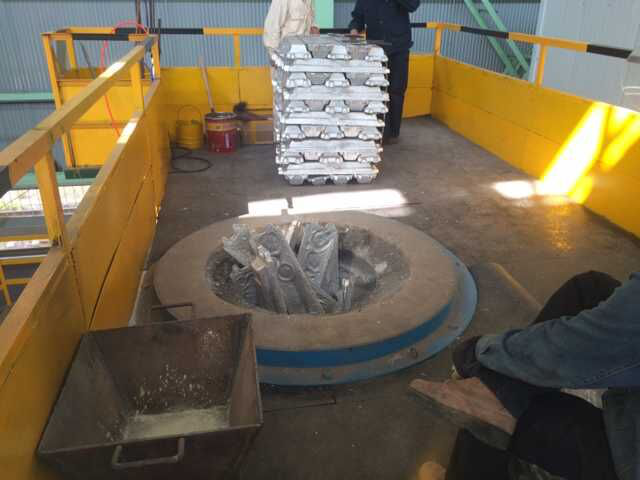
Aluminum melting furnace

Copper melting furnace
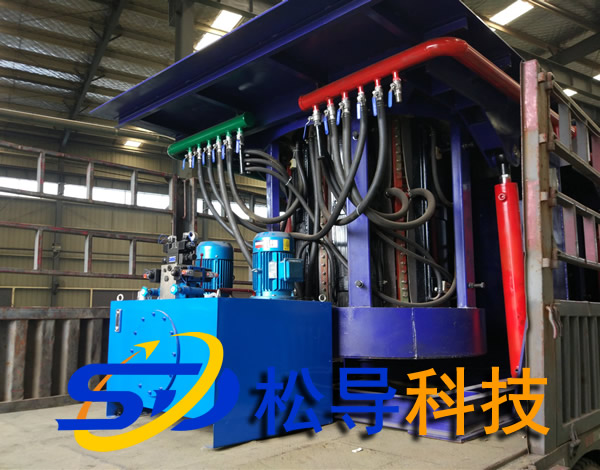
Small steel melting furnace
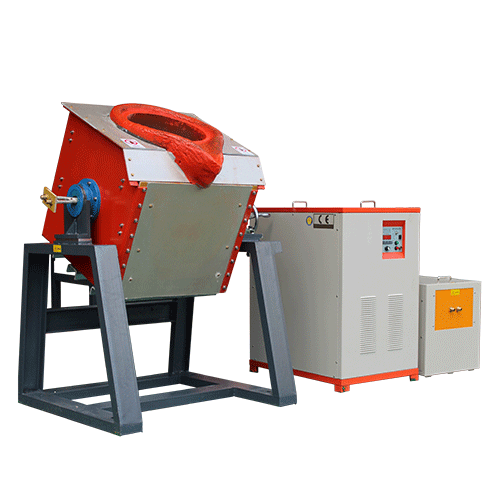
Small induction melting furnace
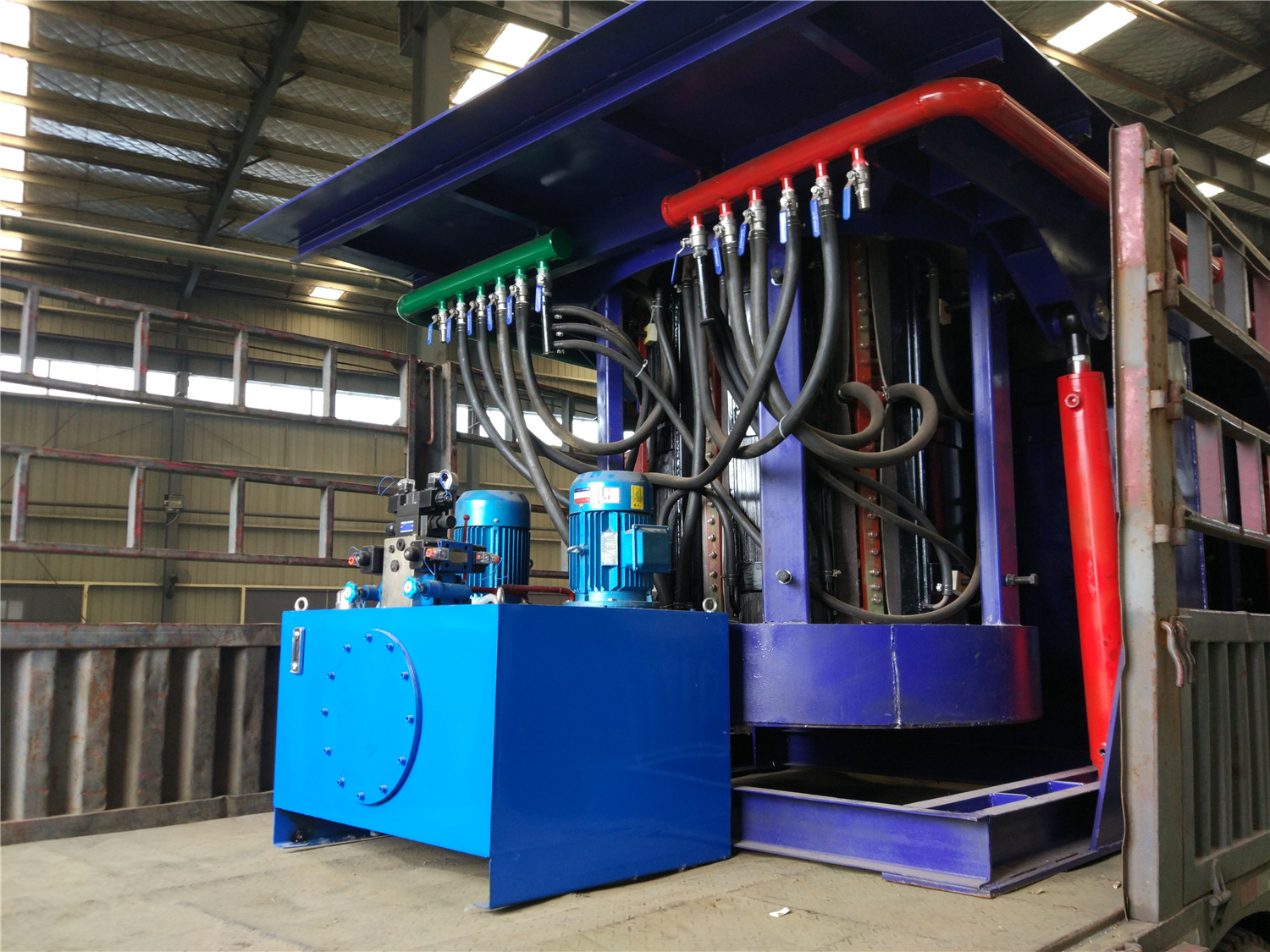
Induction iron furnace
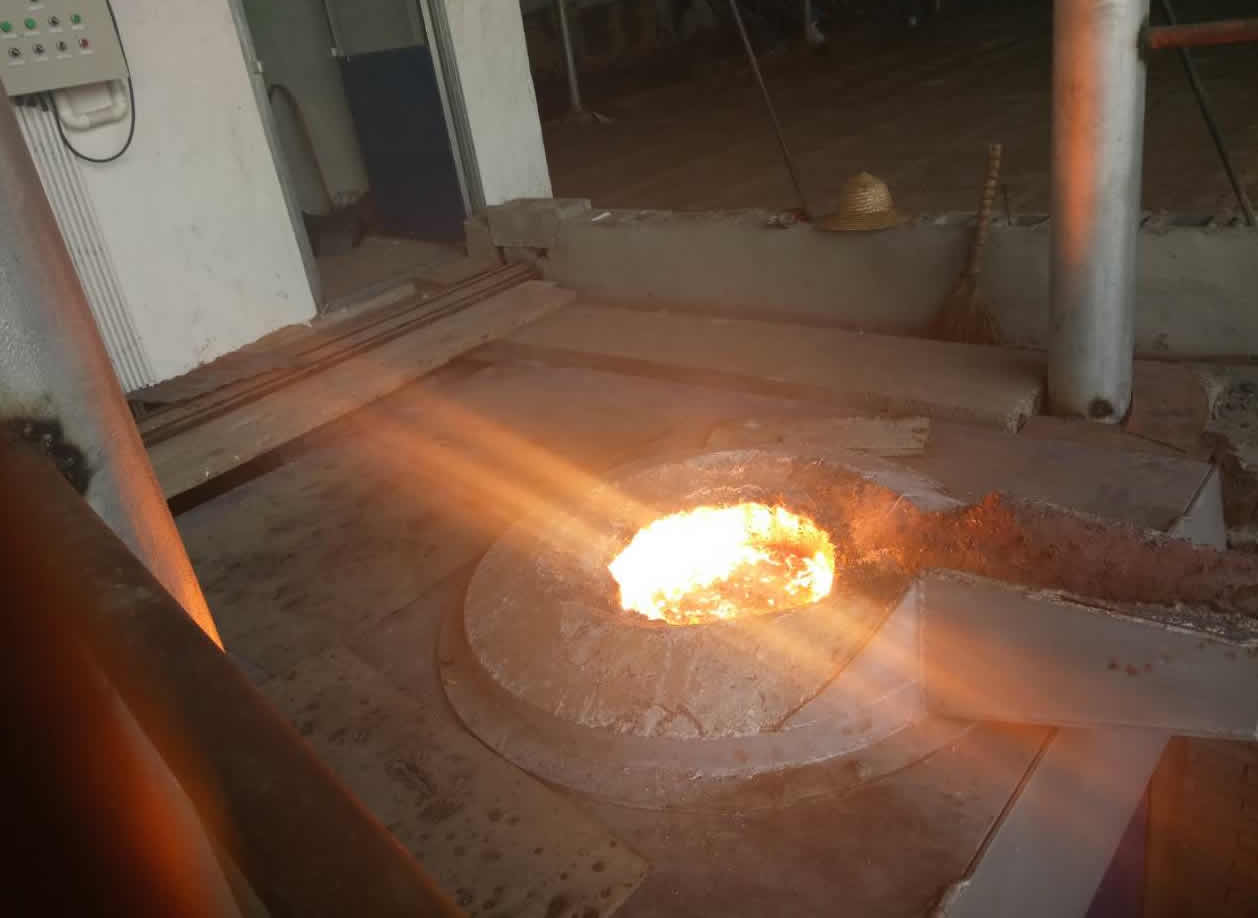
3T intermediate frequency iron melting f
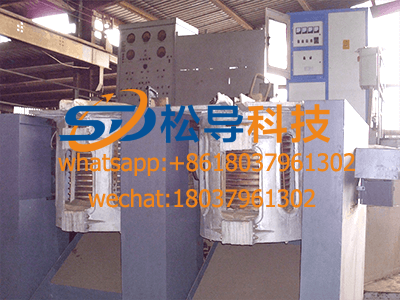
0.25T Intermediate Frequency Furnace
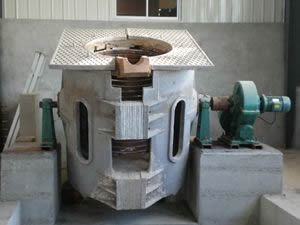
0.5T Intermediate Frequency Furnace
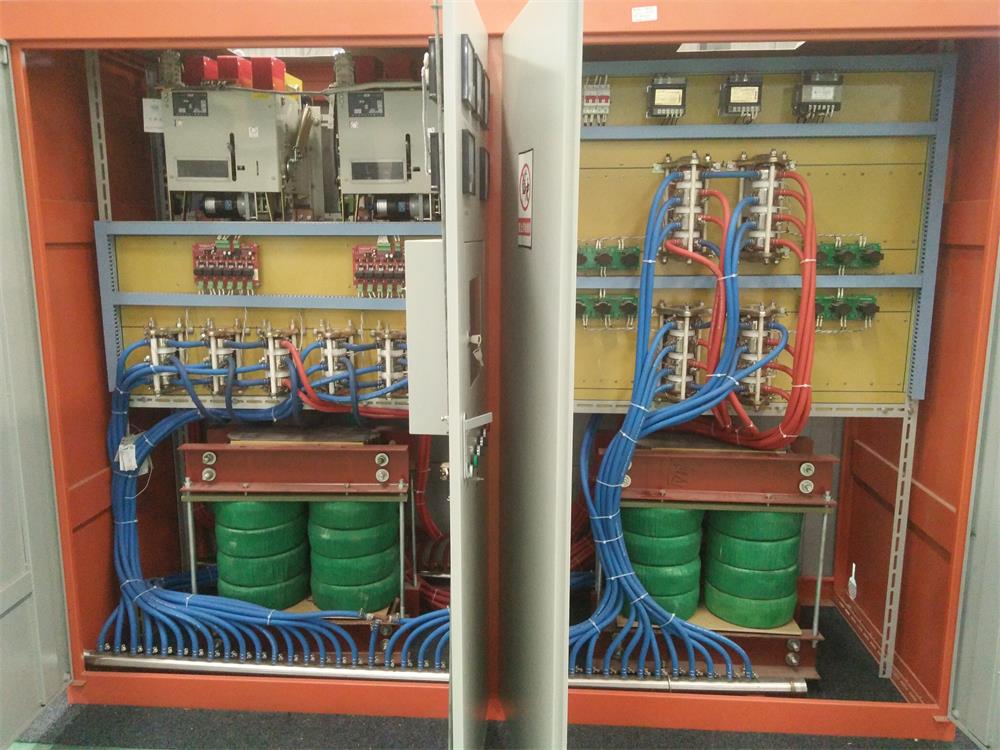
Medium Frequency Furnace

2T Induction Melting Furnace
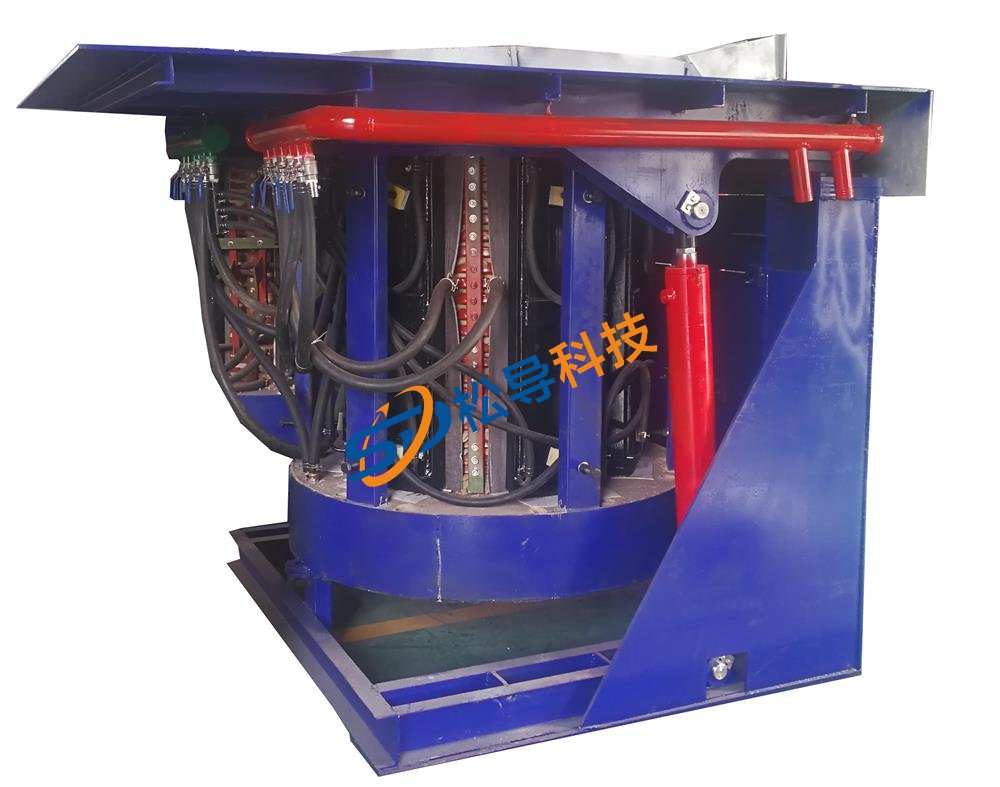
1T Induction Melting Furnace
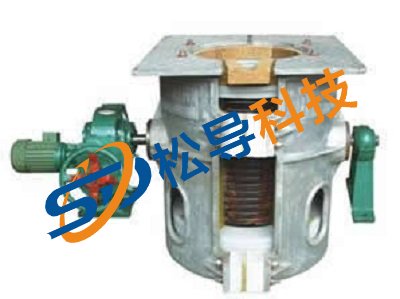
500kg Induction Melting Furnace
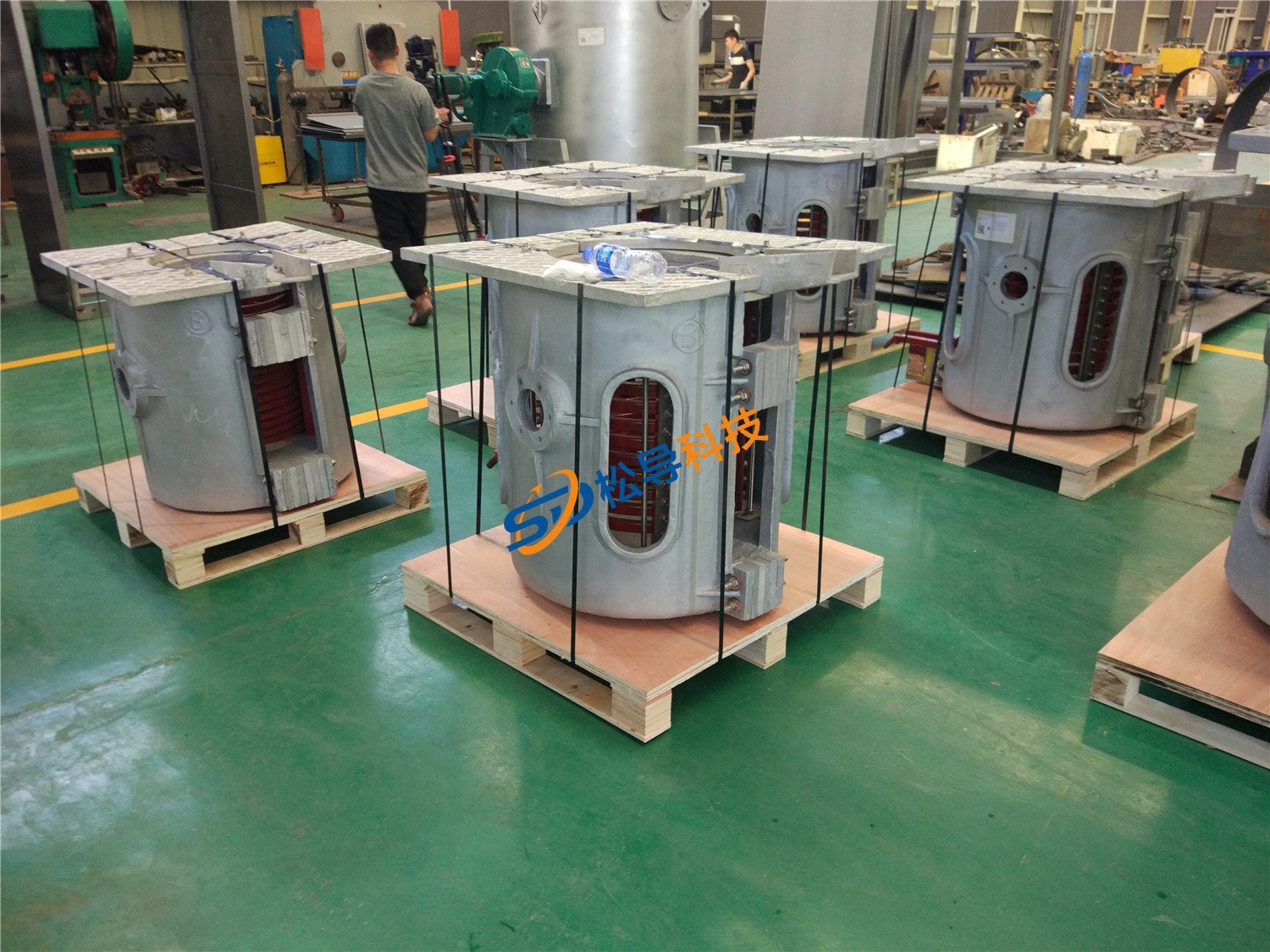
250kg Induction Melting Furnace
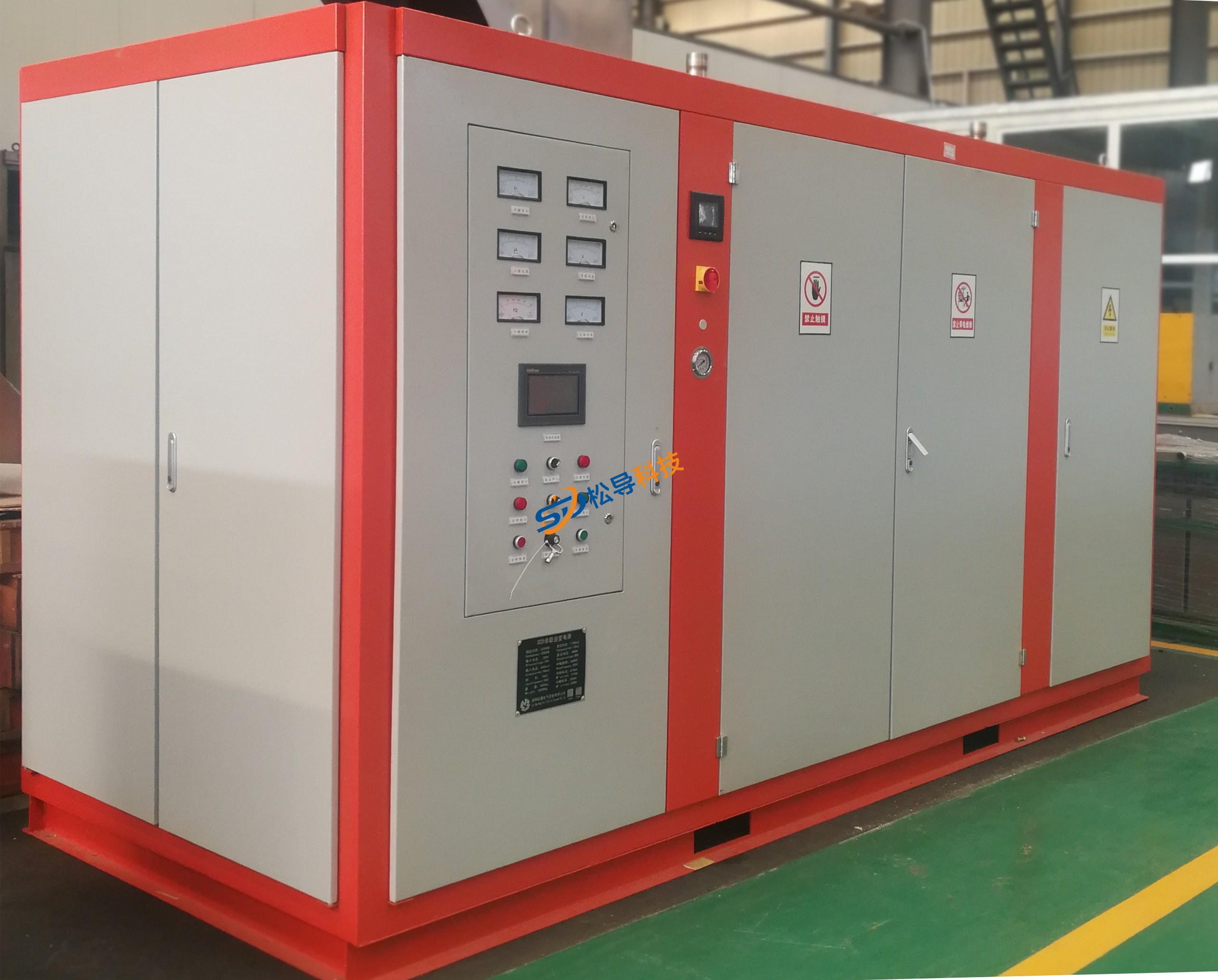
Induction Melting Furnace
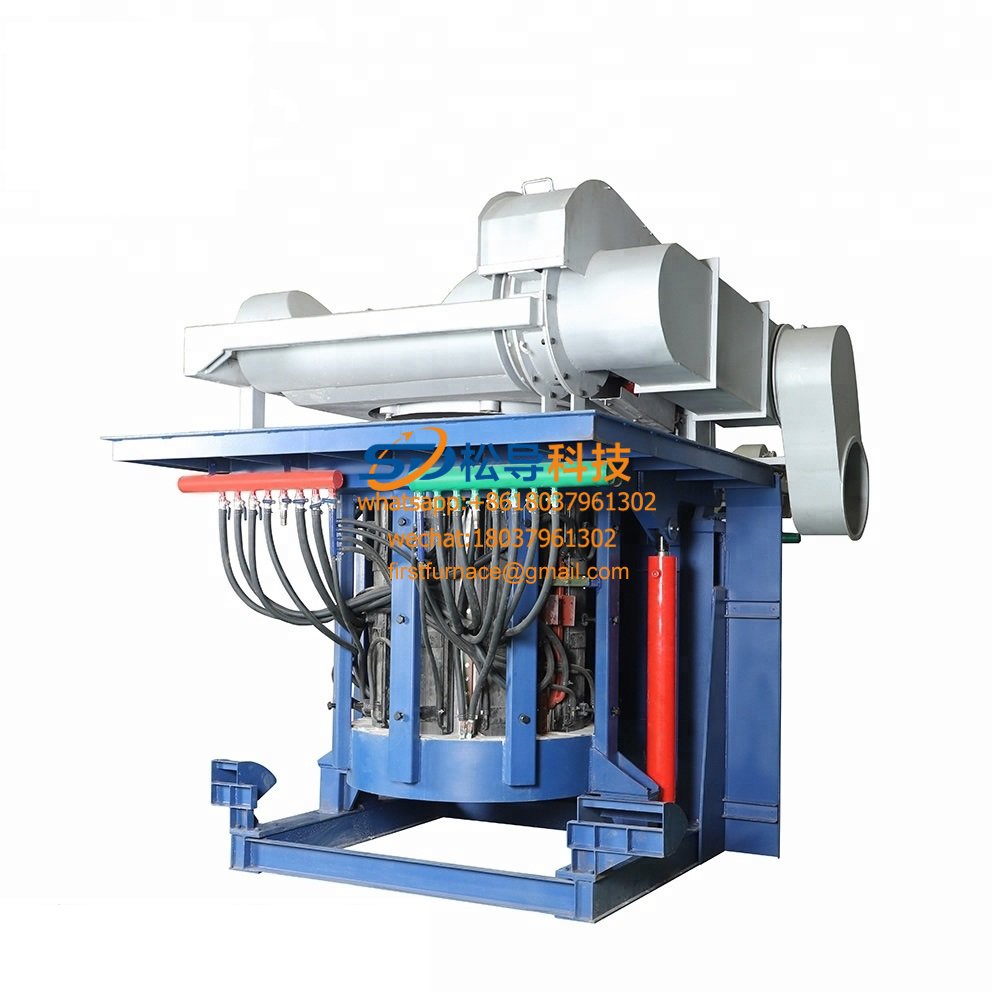
3 T Induction Melting Furnace
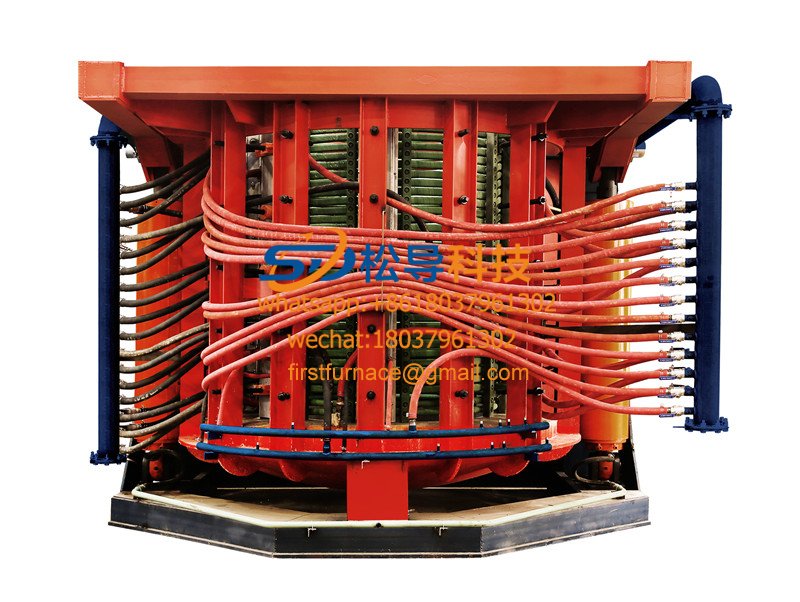
5T Induction Melting Furnace
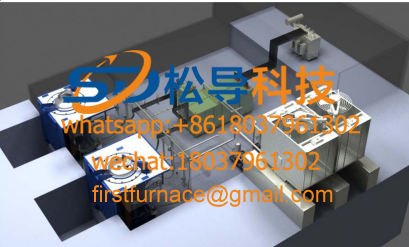
1T One Belt Two Intermediate Frequency F

5T One Belt Two Intermediate Frequency F
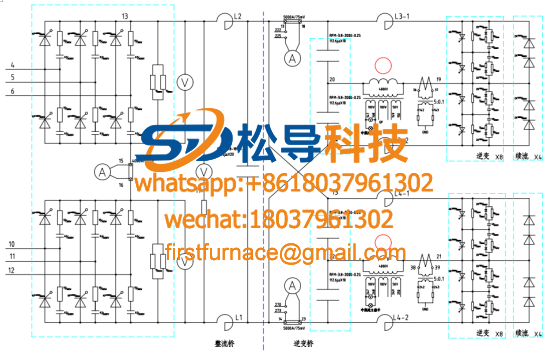
3T One Belt Two Intermediate Frequency F
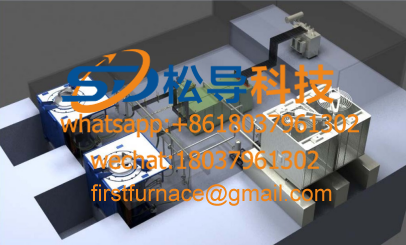
2T One Belt Two Intermediate Frequency F
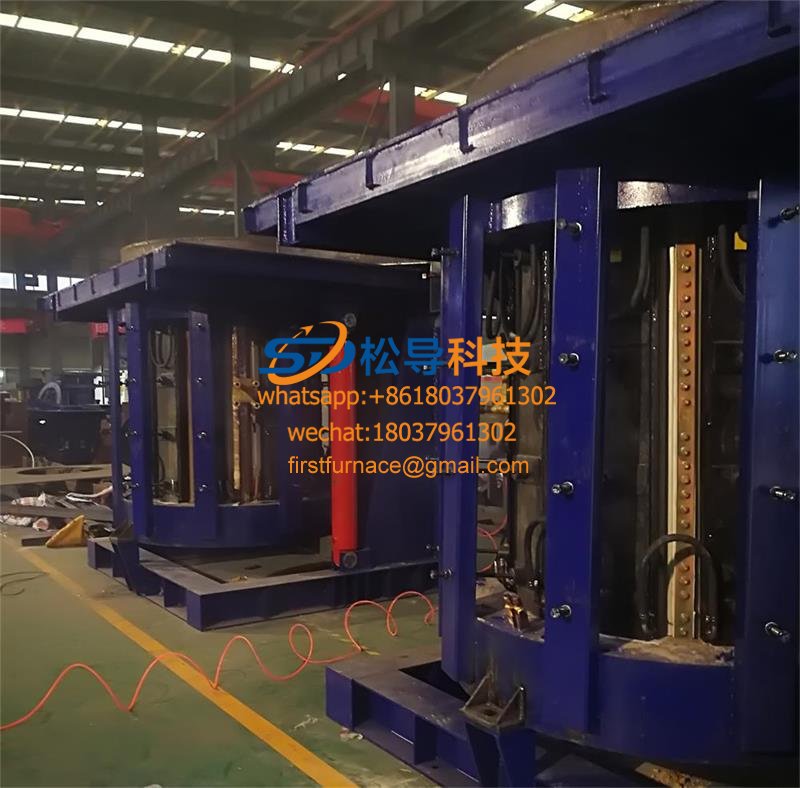
5T Parallel Intermediate Frequency Furna
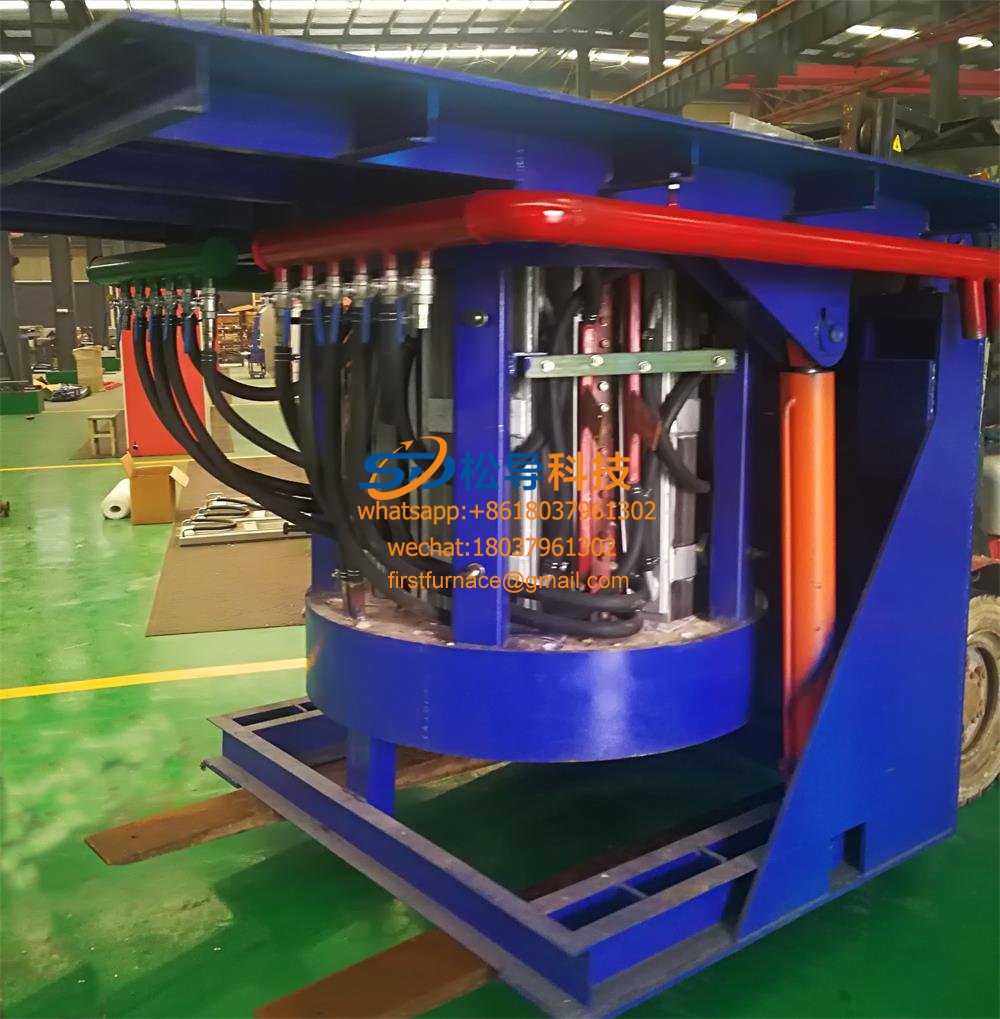
5T Intermediate Frequency Furnace

5T Series Intermediate Frequency Furnace
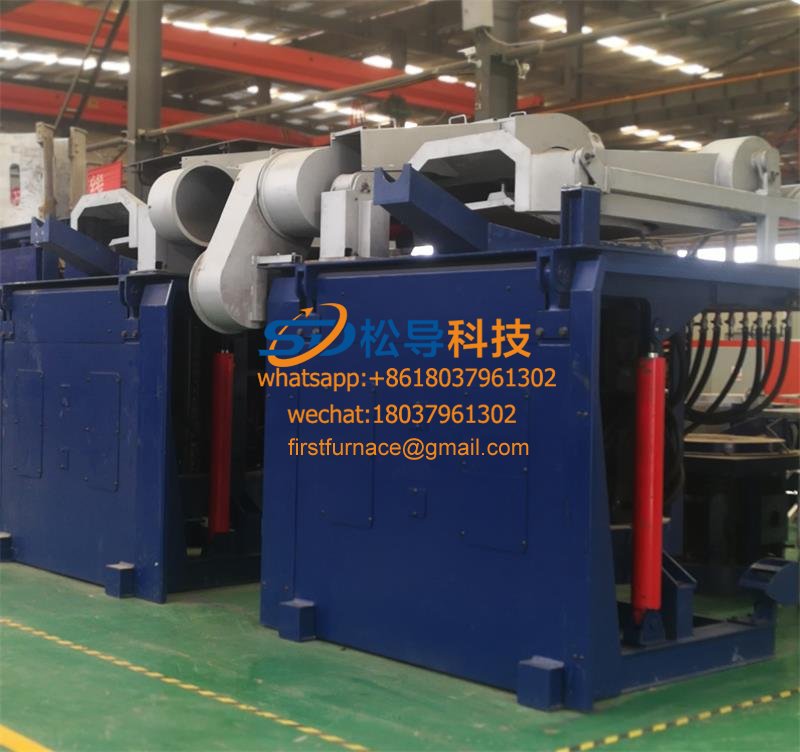
3T Series Intermediate Frequency Furnace
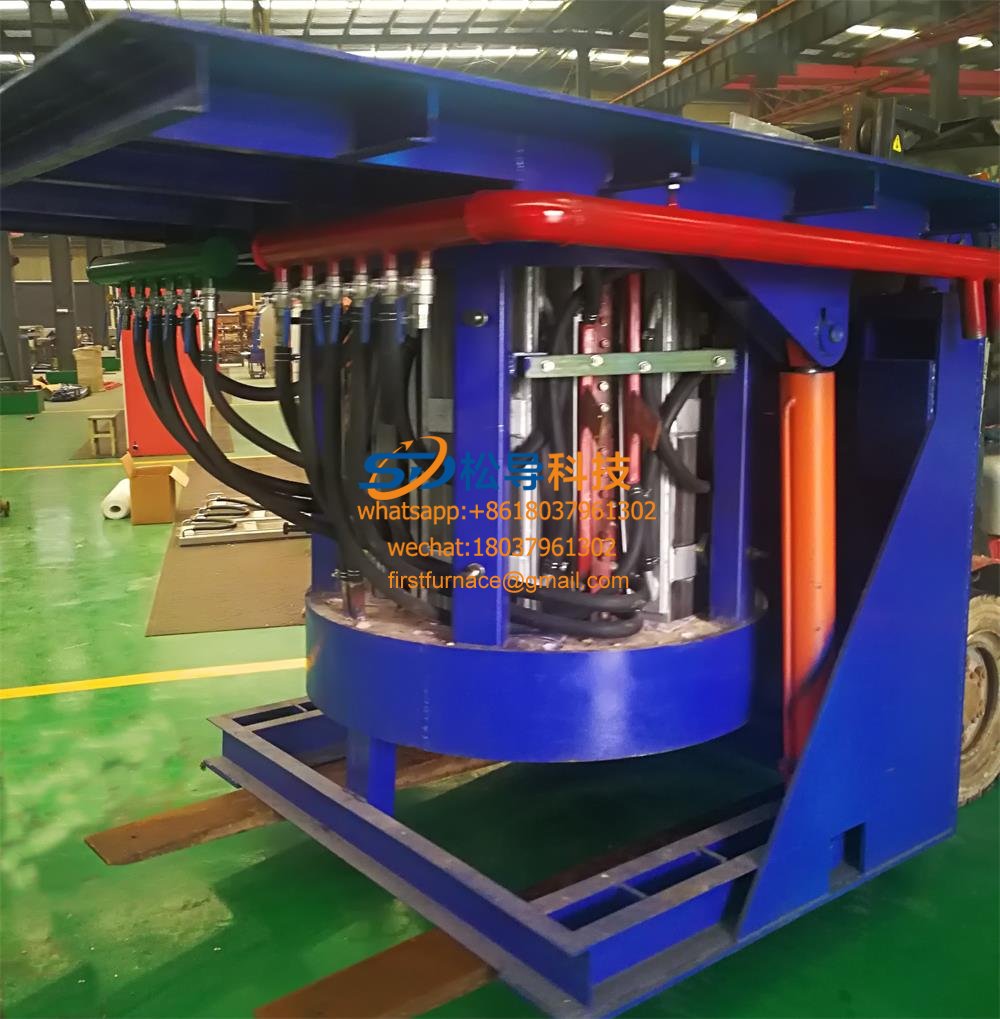
2T Series Intermediate Frequency Furnace
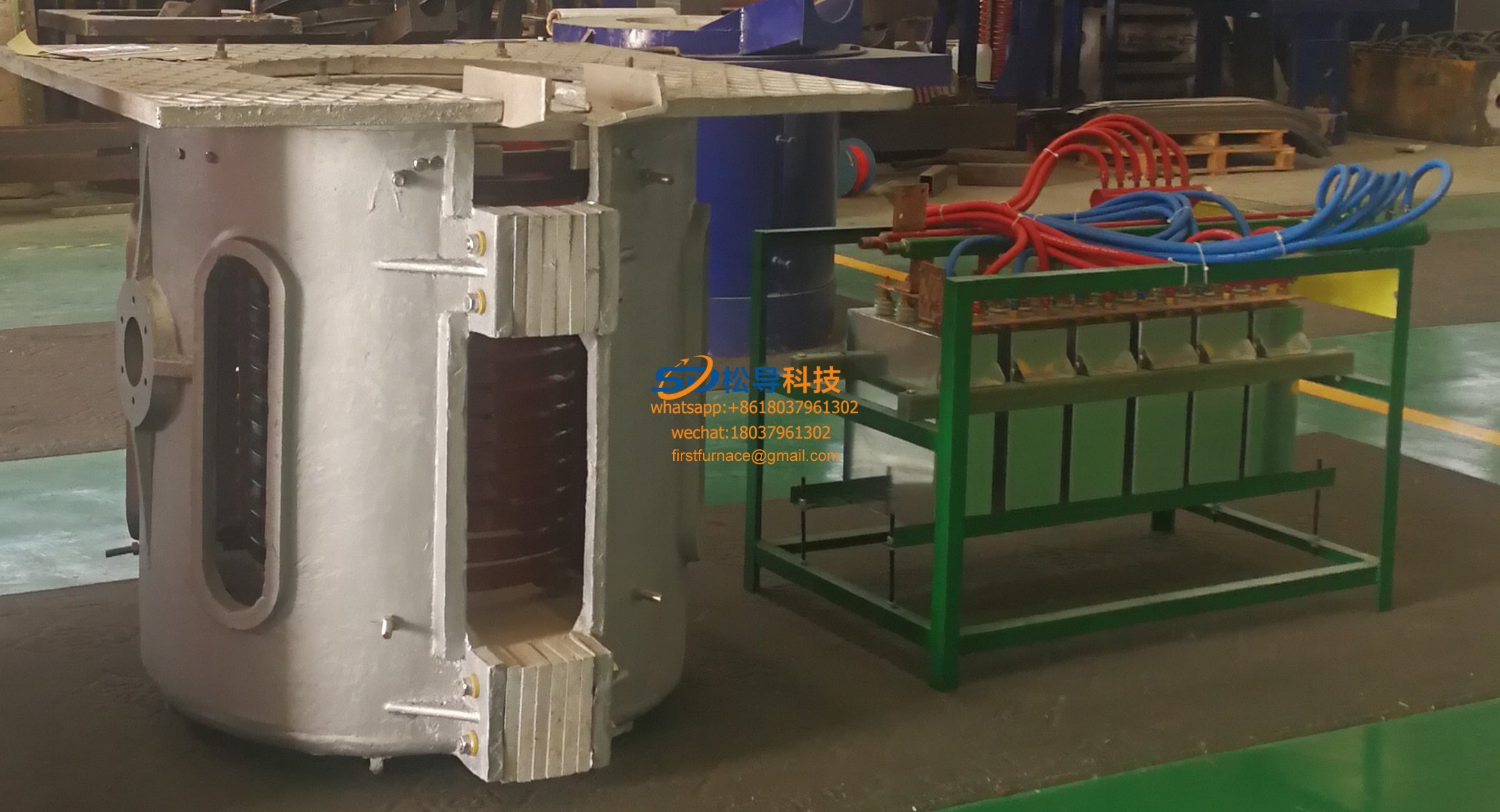
1T Series Intermediate Frequency Furnace
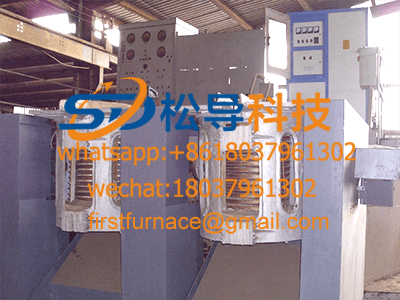
0.5T Series Intermediate Frequency Furna

0.25T Series Intermediate Frequency Furn

1T Parallel Intermediate Frequency Furna
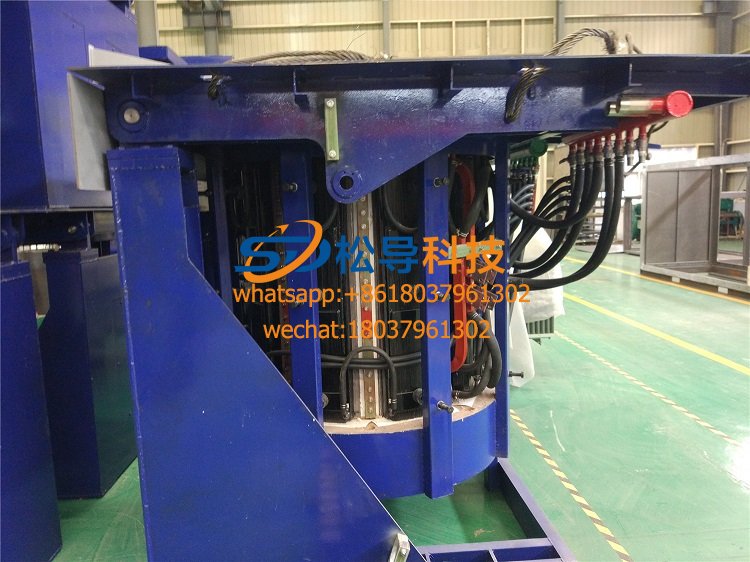
2T Parallel Intermediate Frequency Furna
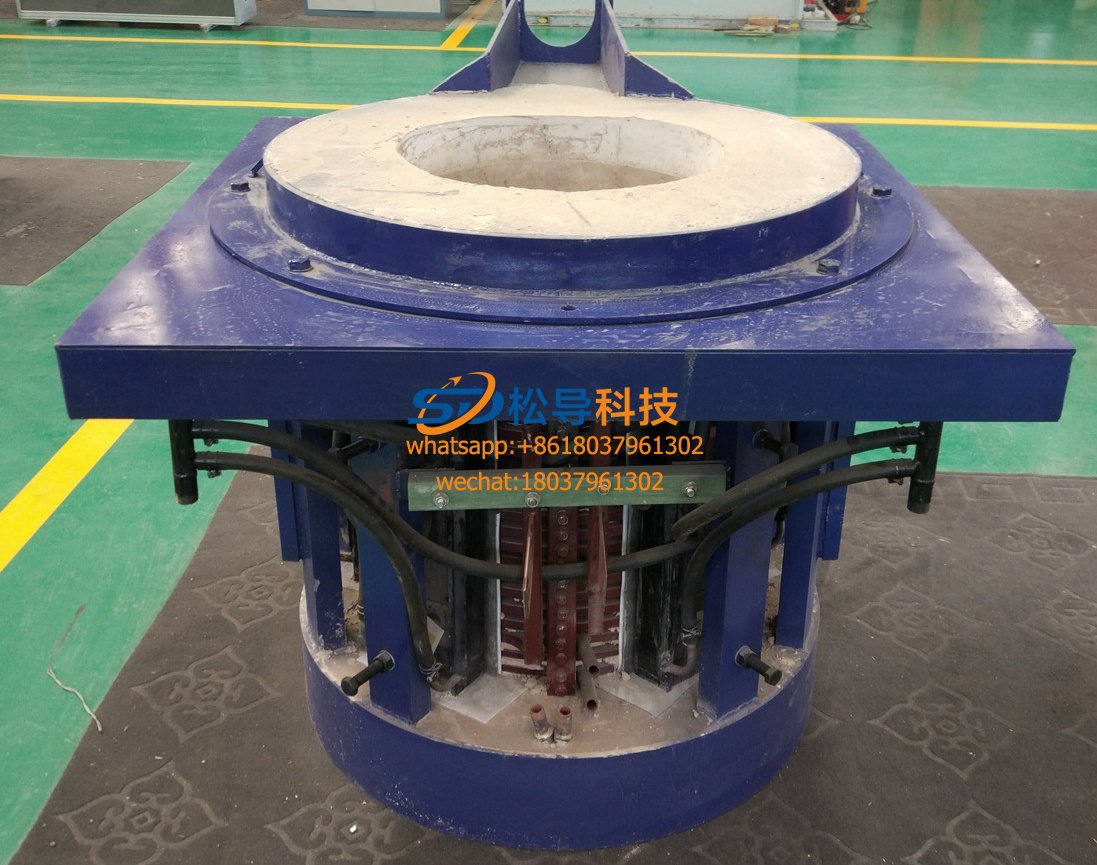
0.5T Parallel Intermediate Frequency Fur






